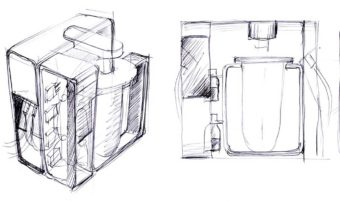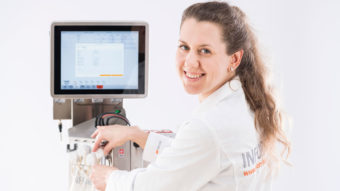Bioreactors for continuous cultivation with perfusion
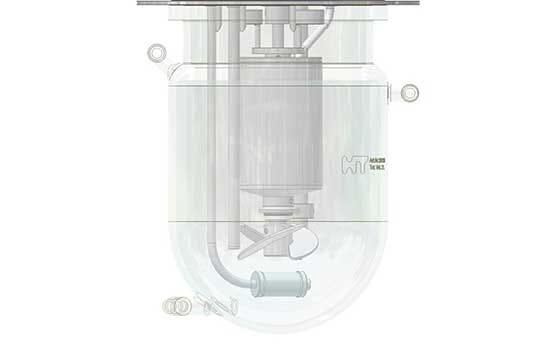
Perfusion is a continuous culturing method in which cells are either retained in the bioreactor or fed back into it. The harvested medium thus contains no cells, resulting in higher cell concentrations and product yields in the reactor while still reducing the working volume. This also prevents the risk of cell washout due to excessively high dilution rates (D).
Additional pumps and scales provide more feeding options
The standard features of integrated pumps are often insufficient for carrying out perfusion bioprocesses. Connecting additional, external pumps requires a bioreactor with additional analog inputs and outputs. To ensure that the external pump can communicate with the bioreactor, it helps to order the pump directly from the bioreactor manufacturer. Also, connecting one or more scales makes gravimetric feeding an option for precise nutrient addition over long periods of time.A feeding profile for optimizing the introduction of nutrients
Regularly feeding additional nutrient medium keeps cells well supplied throughout the long perfusion process, increasing yields significantly and ensuring product quality. The pump for adding medium can either be controlled from the bioreactor directly or using a speific bioprocess software. A major advantage of the latter is that it can save individual feeding profiles and to use them again. Plus, bioprocess software can use parameters such as cell concentration to control the process of pumping medium in and out.Freely configurable pumps save money
The advantage of being able to freely select the operating mode for the bioreactor's integrated pumps is that the pumps can then be reconfigured quickly and easily. If using CO2 to regulate the pH of a cell culture, operators could simply press a button to convert the acid pump to an analog feed and/or harvest pump. Eliminating the need for an additional, external pump reduces investment costs and saves space in the lab.
Continuous monitoring for increased productivity
A large number of available sensors, such as viable cell density and biomass sensors, opens up the possibility of continuous monitoring for critical parameters. If cell concentrations are too high, monitoring the biomass concentration online allows researchers to remove cells through a process known as cell bleeding, thereby improving productivity. The use of sensors to measure metabolite concentrations reduces the risk of toxic by-products accumulating within the bioreactor.Your Perfusion Bioreactor
Contact us for one-on-one consultation.
Our solutions for perfusion
Upgrade Your Research:
We care about your peace of mind. With this promotion, you receive a fully equipped package with all you need for microbial cultivation.
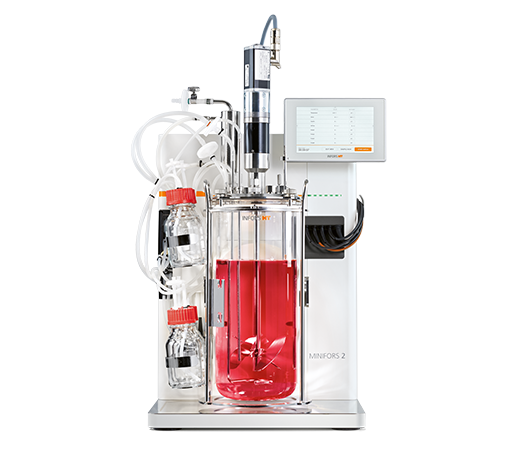
Minifors 2
The award-winning, all-in-one bioreactor
Total volume up to 6 L
Additional external pump (optional)
External balance may be connected
Preconfigured and ready-to-use
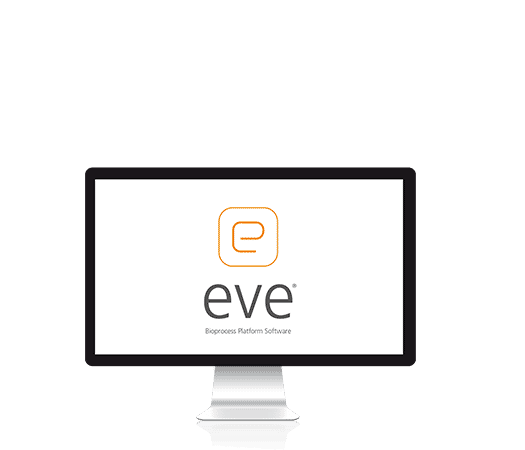
eve® – the bioprocess platform software
Workflow-oriented planning tools and comprehensive options for bioprocess control and monitoring
Monitor and control bioprocess parameters from any location
Powerful feeding strategies
Soft sensors for comprehensive process data analysis
Validation according to FDA 21 CFR part 11
«Perfusion processes typically last several weeks, which makes a detailed look inside the culturing process indispensable.»


